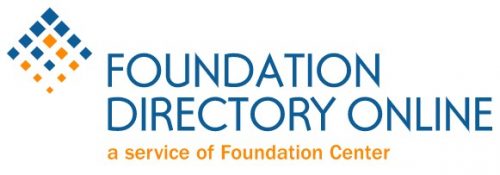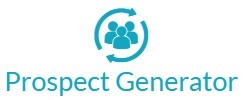Part 4 of 4: Donor Prospecting
 Maintaining a robust pipeline is a challenge, but it’s imperative for every organization that relies on the charity of individuals. Throughout this four-part series, we’re exploring a few tools that can help you identify, qualify and add new prospects to your pipeline and into your gift officers’ portfolios—to help you break out of the rut of relying on the same people for the same major gifts year after year, campaign after campaign.
Maintaining a robust pipeline is a challenge, but it’s imperative for every organization that relies on the charity of individuals. Throughout this four-part series, we’re exploring a few tools that can help you identify, qualify and add new prospects to your pipeline and into your gift officers’ portfolios—to help you break out of the rut of relying on the same people for the same major gifts year after year, campaign after campaign.
In our last installment, we explored prospect identification modeling as a quick way to surface those prospects in your database who have never made a major gift to your organization but have the capacity and affinity to do so— “very warm” prospects who are ready to springboard. Modeling can help you effectively prioritize your next generation of major donors, fill your major gift officers’ prospect pools and potentially close vital gaps in your next capital-campaign gift pyramid.
For our final installment of this prospecting series, we’ll answer the question:
Now that we’ve gotten a handle on those names within our database, what are some other ways in which we might surface new prospects, both individual and institutional, outside of our database?
Subscription tools can help identify new prospects.
Let’s first consider two of our favorite subscription tools at Schultz & Williams:
Institutional Prospects: Foundation Directory Online

We all know many foundations limit the number of years they will support a particular organization. That’s why it’s vitally important to continuously build new relationships with institutional funders (while actively stewarding current relationships, of course!).
Our favorite tool for identifying new institutional donors is Foundation Directory Online (FDO) from Foundation Center.
This robust grantmaker database lets you search on a specific subject area (e.g., education), support strategy (e.g., capital & infrastructure) and geographic focus (e.g., New Jersey), among other attributes, and lets you limit the search to only those grantmakers currently accepting applications. You can even pull up a single funder you’ve heard of and would like to learn more about.
One of the best features of FDO is its “workspace,” which enables you to track your inquiries, proposals/applications and progress towards goals.
Two additional resources for institutional prospects you may want to check out include: Grants.Gov and GrantWatch.
Individual Prospects: DonorSearch Prospect Generator

We previously mentioned DonorSearch as our preferred tool for philanthropic capacity screenings. It also has a really robust prospect generator function.
Many of you have used the tried-and-true method of combing through similar organizations’ annual reports for names of philanthropists who might be receptive to your organization’s case for support. For instance, an independent school affiliated with a particular religious order might scour the annual reports of other organizations affiliated with that same religious order, hoping to identify philanthropists who give to that organization because of their affinity to the order. While a bit time-consuming, this is still a very viable method for adding new names to the prospect pool.
DonorSearch’s Prospect Generator tool essentially does the same thing, only much more efficiently. Here’s an example of how this tool can be used:
- Simply enter a few key pieces of information, such as the nonprofit category, zip code of your organization and the radius you wish to search within. The tool will generate a list of organizations within the chosen radius and category.
- Select a specific organization that you feel is similar in mission and focus. By clicking on that organization, a list of the organization’s donors, by donation amount, will be provided.
- You can then drill down on each donor to see where else they give.There are many ways in which Prospect Generator can be used outside of the simple example provided above. For instance, you can even use it to benchmark against similar organizations.
Look for connections to your new names.
Now that you have new names to consider, it’s important to note that the odds are low for securing a donation from one of these prospects without a personal introduction through a mutual connection.
Therefore, before you do anything else with your new names, run the list by your Board and staff. After all, it’s all about relationships, relationships, relationships. So, whatever you do, don’t skip this step by simply adding these names to your database or mailing list.
Prospecting is a deliberate, intentional process.
To prospect effectively, you need a strategy and a plan. All of the tools we’ve discussed over the last four months play a role in the plans of the most effective fundraising operations at some level.
As we wrap up this prospecting series, don’t overlook the more traditional methods of prospect identification that still hold up in today’s nonprofit environment. Continue to leverage your existing relationships; push your Board and volunteers for new names to consider and introductions to these connections; and take advantage of opportunities to engage new people at your “friendraisers” and other cultivation events.
Lastly, don’t forget: donor acquisition is much costlier than donor retention. Keep stewardship and the deepening of your existing relationships at the forefront of your development program.




